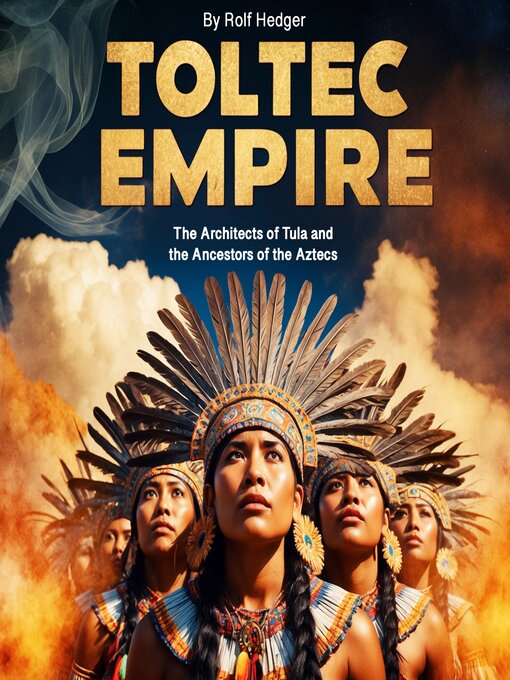The Toltec civilization emerged in central Mexico following the decline of Teotihuacan, one of the most powerful and influential cities of ancient Mesoamerica. With Teotihuacan's fall around the 7th or 8th century, the region experienced a power vacuum, creating an opportunity for new societies to rise. Among them were the Toltecs, a people who would shape the political, military, and cultural landscape of Mesoamerica for centuries to come.
The origins of the Toltecs remain a subject of scholarly debate, but many sources trace their roots to northern Mexico, possibly the arid regions of modern-day Zacatecas or the deserts beyond. By the 10th century, they had established themselves in the Valley of Mexico, where they founded their capital, Tula. The early rulers of the Toltecs, including the semi-legendary Mixcoatl, are credited with uniting various groups under a centralized government and fostering a warrior-based society that would come to dominate the region. Mixcoatl's son, Ce Acatl Topiltzin Quetzalcoatl, is one of the most famous figures in Toltec history. Said to be both a king and a priest, he promoted the worship of Quetzalcoatl, the feathered serpent deity, and encouraged a cultural shift away from excessive militarism and human sacrifice. However, his reign was met with opposition from factions who favored more warlike practices, leading to his eventual exile. His departure, shrouded in myth, would later influence Aztec beliefs and the idea of a prophesied return.
Tula, the heart of the Toltec Empire, reflected the ambitions and architectural ingenuity of its people. Expanding over several square miles, the city featured impressive pyramids, colonnaded halls, and massive stone warriors that stood as sentinels over its ceremonial centers. The city's strategic location allowed the Toltecs to control trade networks that extended as far as the Yucatán Peninsula and beyond.
